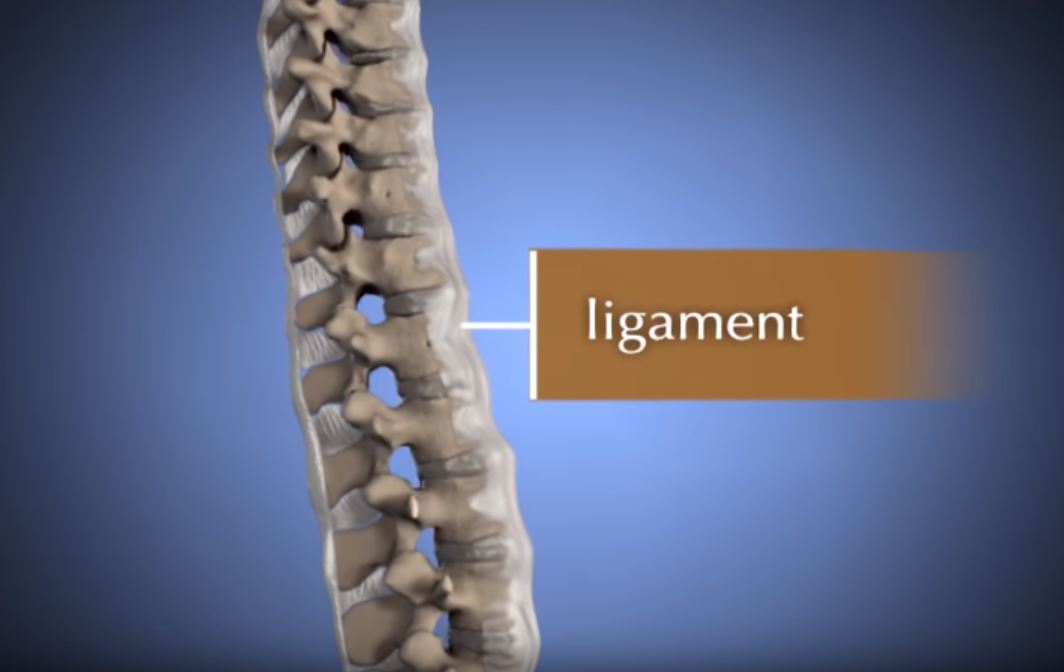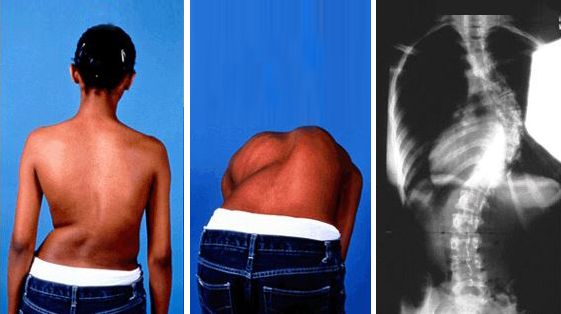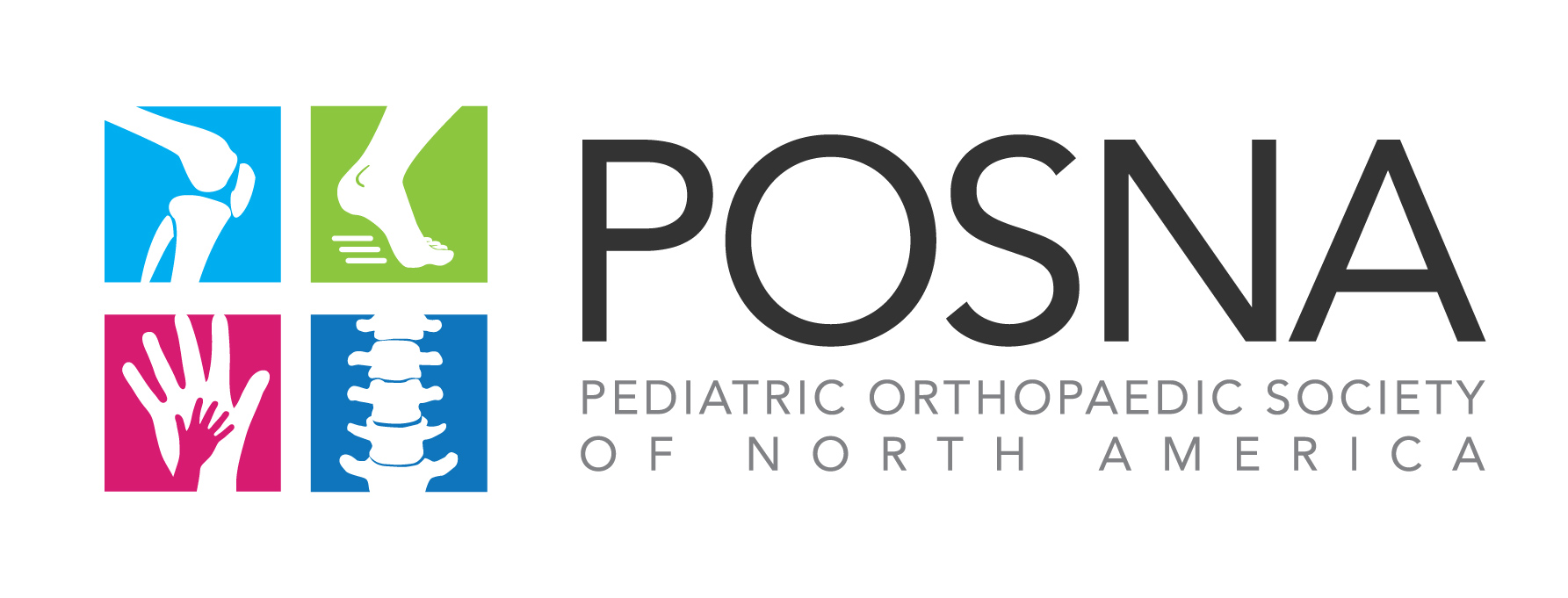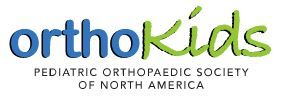Diseases & Conditions
Introduction to Scoliosis
This article provides answers to questions parents and their children often have when first diagnosed with scoliosis, including information about causes, screenings and current research.
A Parent's First Questions About Scoliosis
Scoliosis is a sideways curve in the spine commonly seen in children and adolescents. There are several different types of scoliosis. By far, the most common type is idiopathic, which means that the exact cause is not known. Idiopathic scoliosis can occur in toddlers and young children, but the majority of cases occur from age 10 to the time a child is fully grown.
Treatment for scoliosis may take several forms depending on the age of the patient, the type of scoliosis and the tendency of the curve to worsen.
What is the difference between idiopathic scoliosis and other types of scoliosis?
Idiopathic scoliosis. The term idiopathic means unknown cause. Although we do not know for sure what causes the majority of scoliosis cases (80 to 85 percent), we do know that it tends to run in families. Scoliosis is not a disease that is caught from someone else, like a cold. There is nothing you could have done to prevent it.
Congenital scoliosis. The term congenital means that you are born with the condition. Congenital scoliosis starts as the spine forms before birth. Part of one vertebra (or more) does not form completely or the vertebrae do not separate properly. Some types of congenital scoliosis can change quickly with growth, while others remain unchanged. This type of scoliosis can be associated with other health issues, such as heart and kidney problems.
Neuromuscular scoliosis. Any medical condition that affects the nerves and muscles can lead to scoliosis. This is most commonly due to muscle imbalance and/or weakness. Common neuromuscular conditions that can lead to scoliosis include cerebral palsy, muscular dystrophy, and spinal cord injury.
How serious is adolescent idiopathic scoliosis?
Adolescent idiopathic scoliosis is not life threatening, and most curves do not cause serious problems. Children with scoliosis can lead normal, active lives, including participation in sports.
If the curve gets really large, it can cause heart and lung problems. A very severe curve can also compress nerves or the spinal cord, which can result in paralysis. However, this is extremely rare. Proper treatment will prevent the curve from progressing to such a severe degree.
Does scoliosis cause back pain?
Adolescent idiopathic scoliosis does not usually cause back pain, although larger curves may cause occasional discomfort.
If your child's back pain is severe or is associated with weakness of the limbs or numbness, call your doctor. This may require an evaluation to rule out other causes for the pain.
Can scoliosis curves get better on their own?
Some very small idiopathic scoliosis curves may improve without treatment, but this is the exception rather than the rule. Many children have slight curves that do not need treatment. In these cases, the children grow up to lead normal lives — but their small curves remain.
If larger curves are not treated, the best you can hope for is that they will not get worse. This depends on how much growing your child has left to do. Curves in children who are almost fully grown may stop getting worse. If your child's spine is still growing, it is more likely that the curve will worsen.
What can I do to prevent my child's scoliosis from getting worse?
The only treatments that have been shown to affect idiopathic scoliosis are bracing and surgery. There is no evidence in the current medical literature that physical therapy, electrical stimulation, chiropractic care, or other options have any long-term impact on scoliosis curves. Scoliosis Specific Exercises (SSE) may be useful together with bracing and are currently being studied. Learn more: Nonsurgical Treatment Options for Scoliosis
Is it safe for my child to exercise and participate in sports?
Children with idiopathic scoliosis can participate in any sport up to their own level of tolerance. It is always a good idea for children to stay physically fit with exercise.
Will my child be able to live a normal life?
Yes. People who have curves that do not require surgery are able to participate in the same activities and sports as people without scoliosis. There are rarely restrictions on any of their activities.
The same usually applies to people who have had surgery for scoliosis. They can have the same jobs as people who have not had scoliosis surgery. They can usually do the same sports as before surgery. They should, however, contact their doctors before starting new activities (jobs or sports) to make sure they have no specific restrictions.
FAQs About What Causes Scoliosis
Does scoliosis run in families?
Yes, approximately 30% of patients with adolescent idiopathic scoliosis have a family history of scoliosis. There is currently a lot of research being done to investigate this genetic or hereditary link.
If I have scoliosis, will my children have it?
According to recent research, about 1 in 3 children whose parents have scoliosis will develop scoliosis. Scoliosis is considered a partially genetic condition. Doctors have determined several genes associated with scoliosis but do not know exactly which genes can cause it.
Does my child's bad posture cause the scoliosis?
No, bad posture does not cause scoliosis. The scoliosis may be the reason for your child's bad posture, especially if he or she tends to lean to one side.
Does a leg length difference cause or worsen the curve?
A leg length difference does not cause scoliosis. A large leg length difference can, however, make idiopathic scoliosis seem larger because of tilt in the pelvis when the patient stands.
Do sports activities or heavy backpacks cause scoliosis?
Sports activities and heavy backpacks do not cause scoliosis or make a curve worse. Heavy backpacks can be related to back pain, however. If back pain is present, it is advisable to lighten the load. Kids should carry lighter backpacks with the straps over both shoulders. Learn more: Backpack Safety
Is scoliosis related to an injury?
Idiopathic scoliosis is not caused by an injury or trauma.
Could I have prevented my scoliosis?
No, your chance of developing scoliosis is probably determined by your genetic makeup. Nothing you have done caused your curve. Because the causes of idiopathic scoliosis are not fully understood, it is hard to determine how to prevent it. In terms of genetic causes, there really is not much to do about a child's predisposition to developing scoliosis.
Common Questions About Screening for Scoliosis
Scoliosis is often first detected during a regular check-up with the pediatrician.
How early should children be screened for scoliosis?
Children can be screened at any age, although idiopathic scoliosis is more commonly discovered during a child's growth spurt (10 to 15 years old). The Scoliosis Research Society recommends that girls be screened twice, at 10 and 12 years of age (grades 5 and 7), and boys once at 13 or 14 years of age (grades 8 or 9). A great deal of controversy exists as to the benefits of school screening.
Do siblings of children with scoliosis need to be checked?
Because scoliosis tends to run in families, it is good to have siblings checked at their yearly physical examinations, especially during their growth spurts (10 to 15 years old).
Early detection is important and parents can help. Look at your child's back when he or she is wearing a bathing suit. If one shoulder appears higher than the other, or one side of the ribcage sticks out more than the other side, call your pediatrician for an evaluation.
When should the child of parents with scoliosis be examined?
Children of parents with scoliosis should be checked at their yearly physical examinations, especially during their growth spurts (10 to 15 years old).
Why didn't we notice it sooner?
In many cases, curves do not appear until the early teenage years. Small curves often go unnoticed until a child hits a growth spurt during puberty. Because scoliosis is not usually painful, children and their parents may not discover it until there are more obvious signs.
In addition, adolescents tend to be modest. They may be self-conscious or wear baggy clothing. It isn't until they wear more form-fitting clothes (bathing suits, t-shirts) that the curves are apparent.
Also, adolescents may no longer see their pediatricians on a regular basis.
Why didn't our pediatrician see it sooner?
Scoliosis curves can get worse very quickly, especially during pre-adolescence. Your pediatrician may not have seen your child during this time of growth.
Common Questions About Adult Life with Scoliosis
What health problems might I have later in life as a result of scoliosis?
Problems with scoliosis later in life are related to the size and location of the curve in the spine. In general, people with curves less than 30 degrees have the same risks for back pain as people without scoliosis. People with larger (over 50 to 60 degrees), untreated curves are more likely to develop back pain, particularly in the lower back.
Will I have a hump on my back when I get older?
This depends on how severe the curve is and whether it is corrected surgically.
One of my hips looks higher than the other. Can anything correct this?
If the difference is greater than 2 cm, your doctor may recommend wearing a shoe lift to adjust your uneven posture. Often, scoliosis makes one leg seem longer even though there is little difference. A true leg length difference with scoliosis is typically small and doesn't need treatment.
Will having scoliosis affect my ability to bear and deliver a child?
No, it should not. There have been many studies on scoliosis and pregnancy, and none have shown difficulties in childbearing in patients with scoliosis. There are no increases in fetal distress, premature deliveries, or problems with delivery. Interestingly, one study shows that the need for delivery by cesarean section was half of the national average in the women with scoliosis. Your children will have a greater chance of developing scoliosis so they should be checked by their pediatricians at routine well child visits.
In addition, pregnancy does not typically cause a significant increase in the degree of scoliosis in an unfused spine.
Can I have an epidural in the future?
Yes, you can get an epidural as an anesthetic for childbirth or surgery. A very severe curve, however, will make it more difficult for the anesthesiologist to perform the epidural placement.
If you have had a spinal fusion, be sure your obstetrician and anesthesiologist know what levels of fusion have been performed.
Does having scoliosis make me more prone to osteoporosis?
There is some controversy about whether scoliosis might contribute to bone loss (osteoporosis), but we don't know for sure. Keeping your bones healthy by not smoking, getting adequate calcium and Vitamin D, and doing plenty of weightbearing exercise is good advice for young people, whether or not they have scoliosis.
Will having scoliosis influence what I do later in life, such as what jobs I can do?
No, it should not. However, there are some patients who may be excluded from military service if the scoliosis is severe enough.
Will the metal detectors go off in airport security after I have rods placed in my spine?
This depends on how sensitive the detector is, but it typically does not happen. If the detector does go off, screeners are required to use a portable detector and pat down any areas that go off.
If I have a spinal fusion, will I need antibiotics before dental work?
This question refers to the possibility of infection in spine implants after dental work. Antibiotics may be prescribed before dental work as a preventative measure. Many doctors, however, do not believe that antibiotics are needed. Please talk with your spine surgeon about this before having dental work. Learn more: Spinal Fusion
Common Questions About Scoliosis Research
What scoliosis research is currently being conducted?
At present, the main research focus in idiopathic scoliosis is investigation into the cause of the condition.
There are many factors that may contribute to curving of the spine. The main factors currently being studied are genetics (heredity), soft tissue problems (bone, muscle, ligaments, and disks), vertebral growth problems, and central nervous system disorders.
Researchers are also investigating new treatments for scoliosis, including those that involve fusionless technology.
Are children born with idiopathic scoliosis?
Children with true adolescent idiopathic scoliosis may have been born with the genetic markers that cause scoliosis. The genes that these markers are on are not known exactly, and researchers are working on finding them.
AAOS does not endorse any treatments, procedures, products, or physicians referenced herein. This information is provided as an educational service and is not intended to serve as medical advice. Anyone seeking specific orthopaedic advice or assistance should consult his or her orthopaedic surgeon, or locate one in your area through the AAOS Find an Orthopaedist program on this website.










